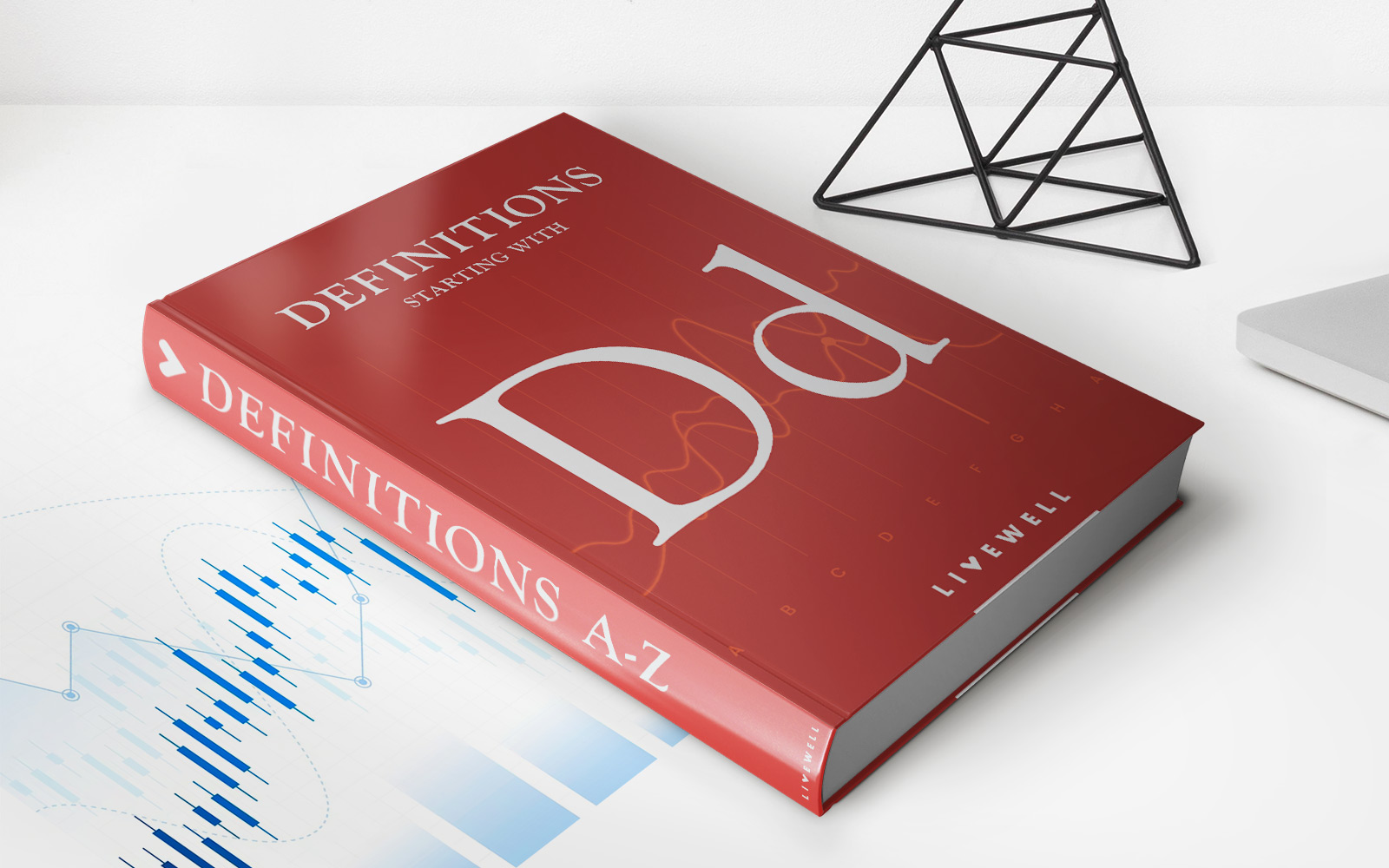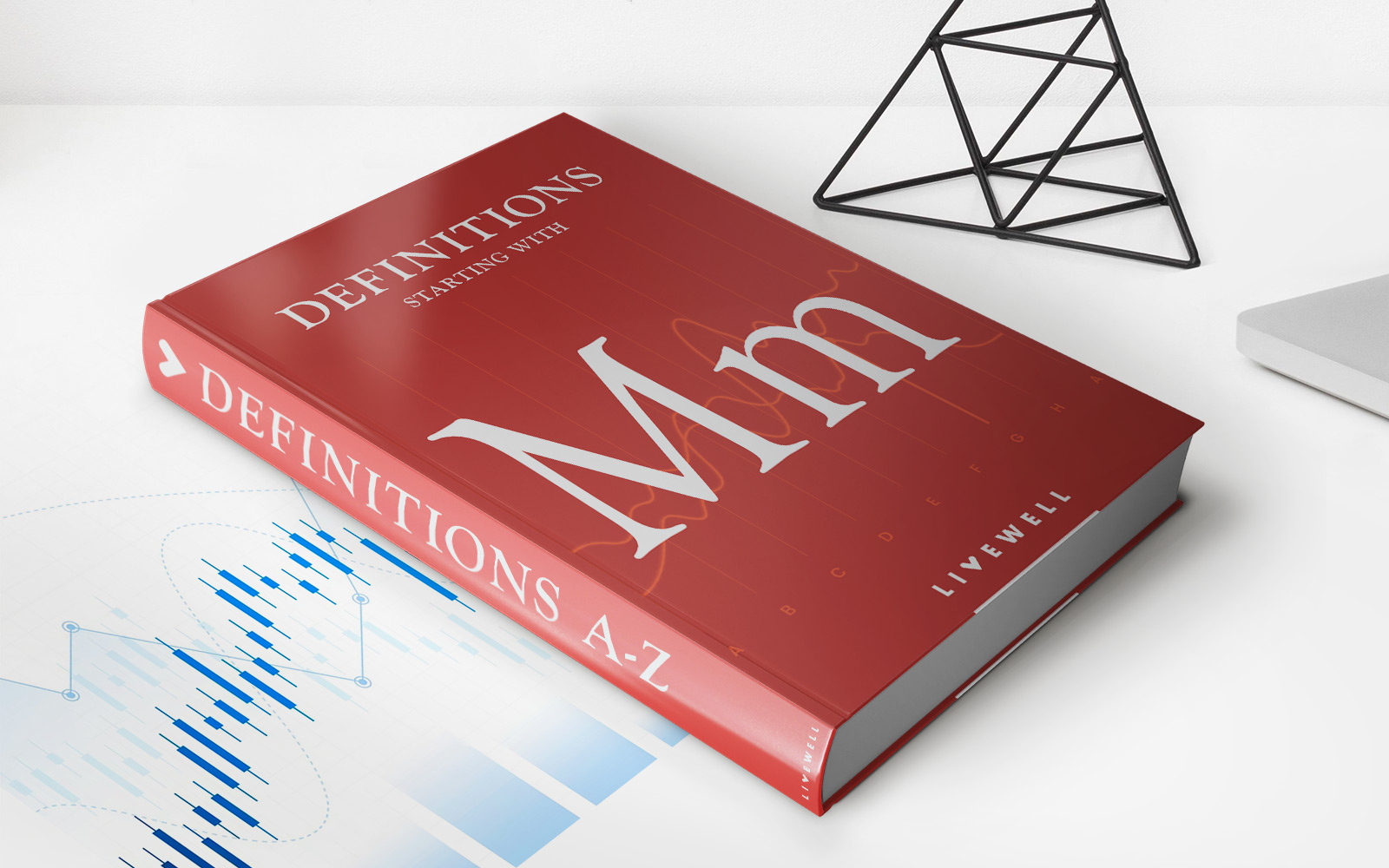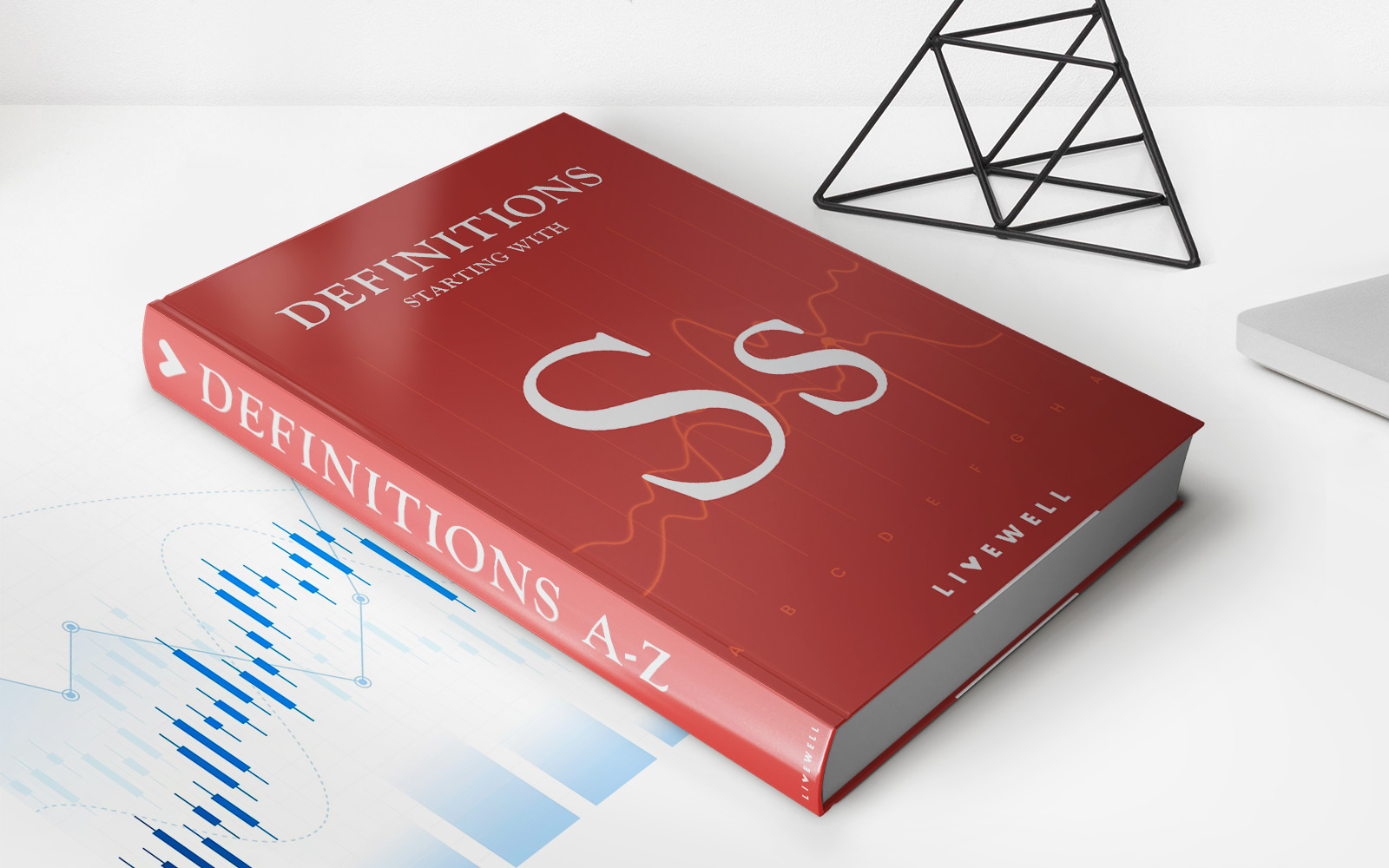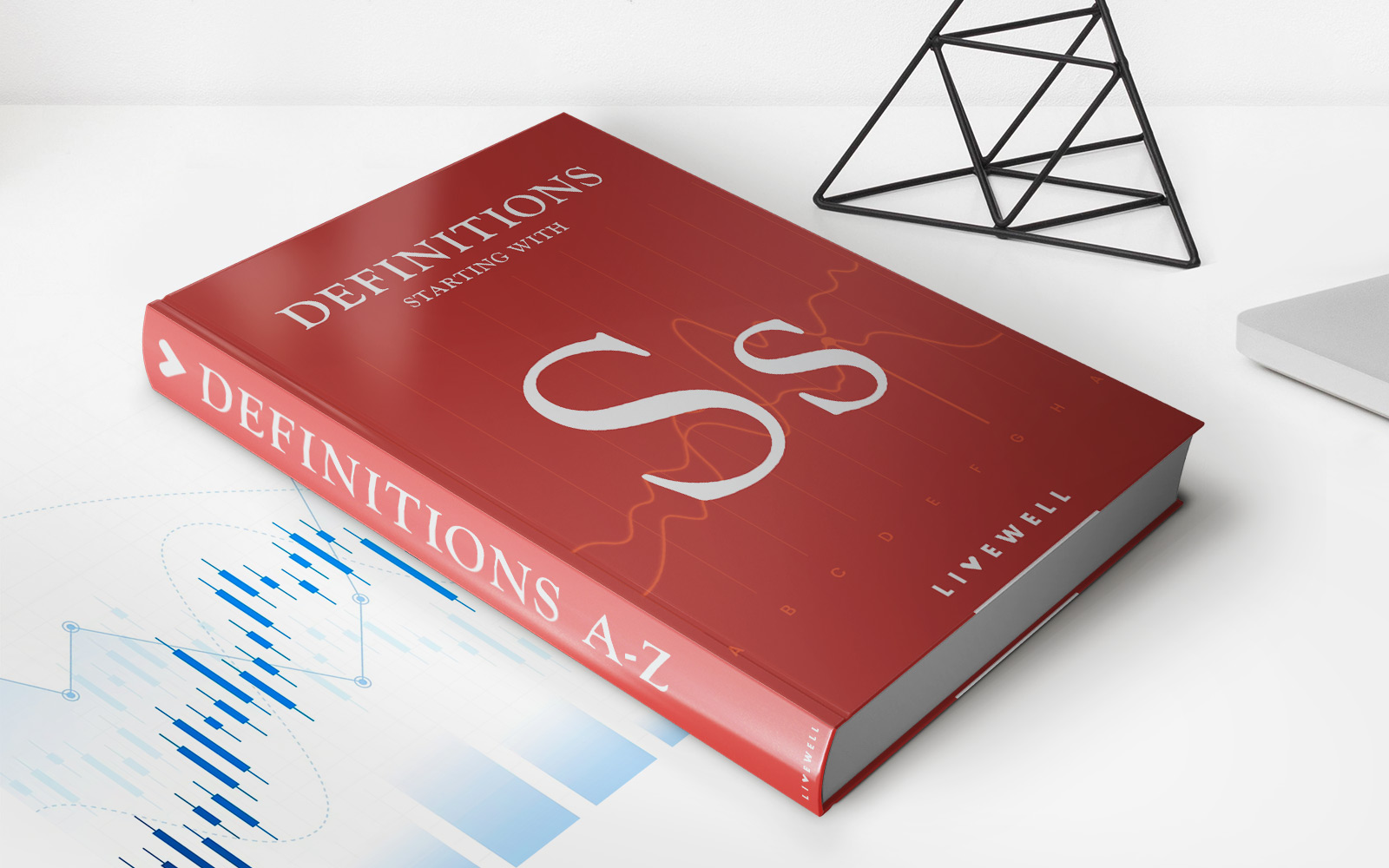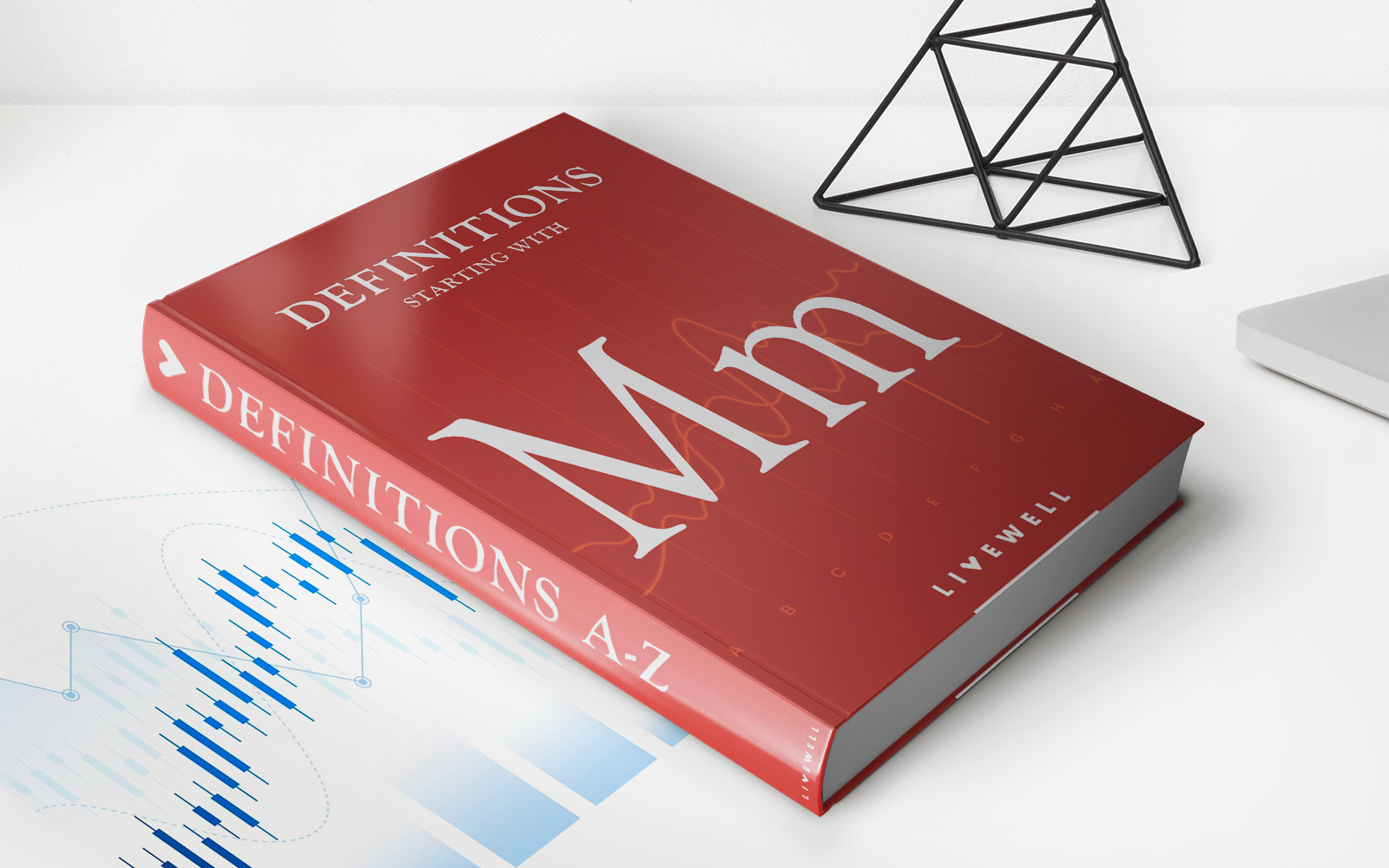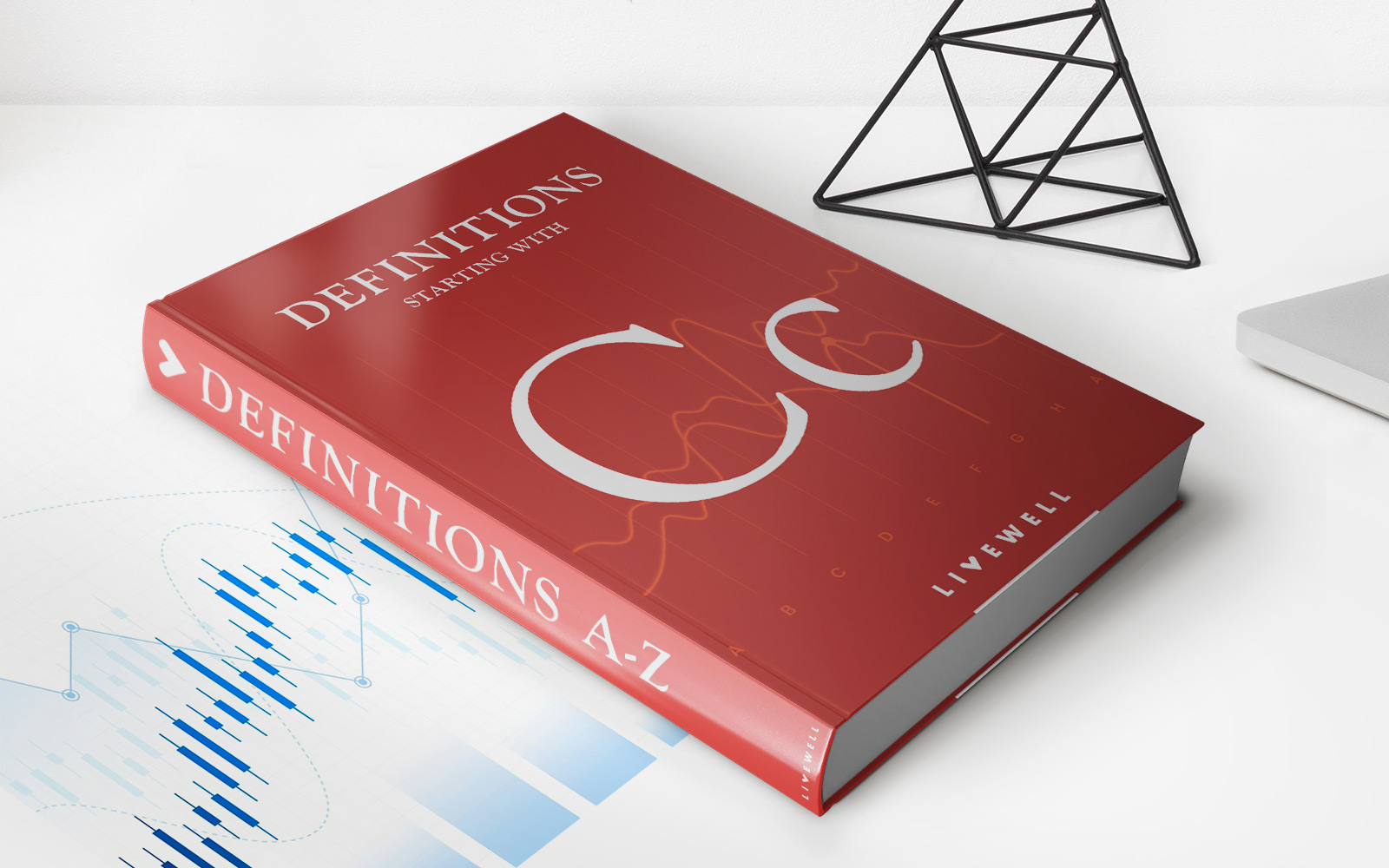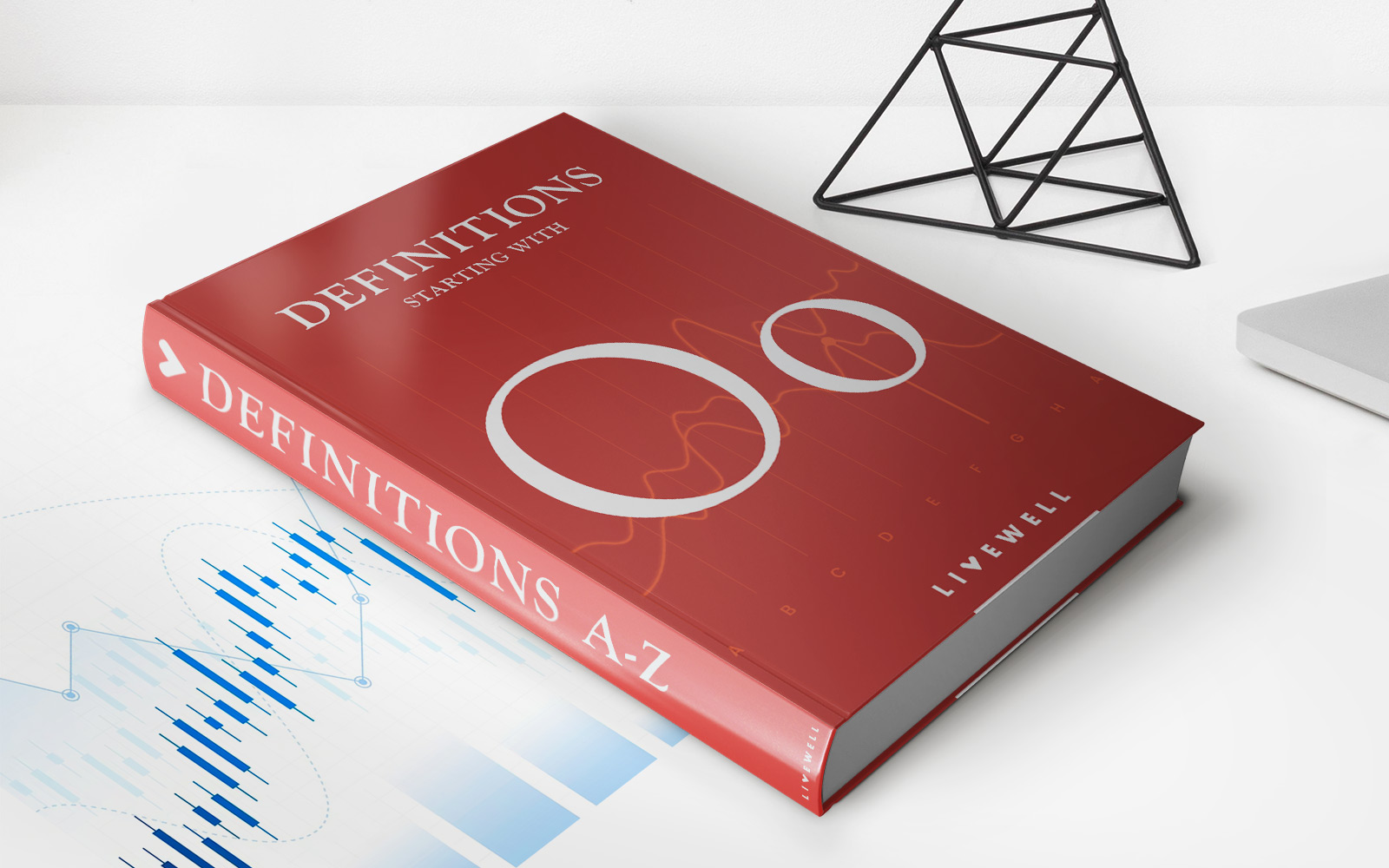Home>Finance>Stop Order: Definition, Types, And When To Place
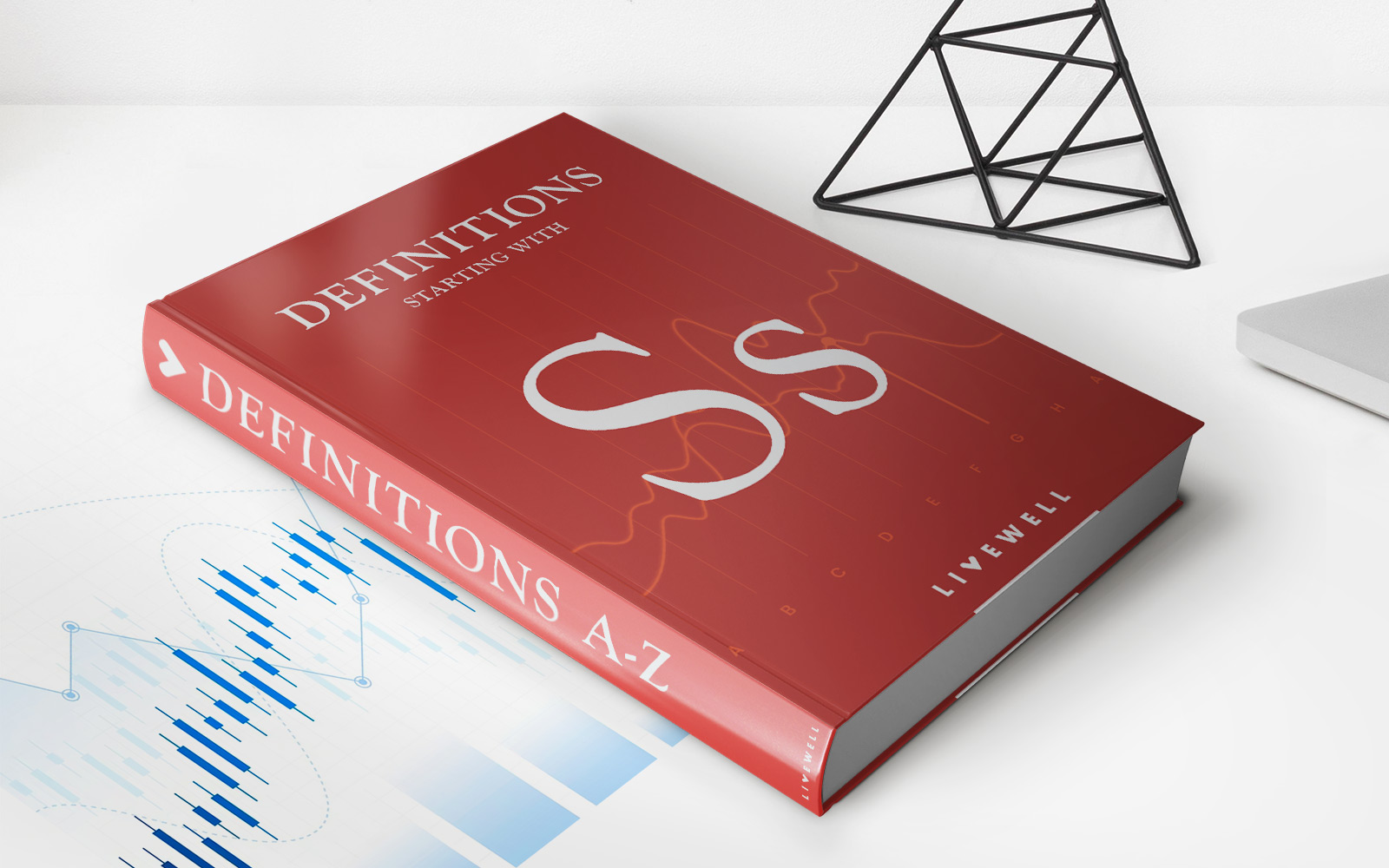

Finance
Stop Order: Definition, Types, And When To Place
Published: February 3, 2024
Learn about stop orders in finance, their definition, types, and when to place them. Enhance your trading strategy with this comprehensive guide.
(Many of the links in this article redirect to a specific reviewed product. Your purchase of these products through affiliate links helps to generate commission for LiveWell, at no extra cost. Learn more)
Stop Order: Definition, Types, and When to Place
Are you a newbie investor or seasoned trader looking to maximize your gains and minimize your losses? Understanding and implementing a stop order in your trading strategy can be a game-changer. In this blog post, we will delve into the definition of a stop order, explore different types of stop orders, and discuss when it is best to place them. Let’s dive in!
Key Takeaways:
- A stop order is a type of order that triggers a market buy or sell order when a specified price level is reached.
- Stop orders can help investors manage risk, protect profits, and capture potential gains.
What is a Stop Order?
In simple terms, a stop order is an order placed with a broker that converts to a market order when a predetermined price point is reached. It is used to either limit losses or protect gains in an open position. Consider it as an automated safety net that kicks in when the price of an asset hits a specific level.
Types of Stop Orders:
There are several types of stop orders that traders can utilize to meet their specific goals and trading style:
- Stop Market Order: Also known as a “simple” stop order, a stop market order is executed at the market price once the specified stop price is reached. This type of stop order guarantees execution, but it does not guarantee the price at which the order will be filled.
- Stop Limit Order: A stop limit order combines a stop order with a limit order. When the stop price is reached, the order becomes a limit order, specifying the price at which the trade should be executed. It provides the trader more control over the execution price but does not guarantee execution if the market moves rapidly beyond the specified limit price.
- Trailing Stop Order: A trailing stop order allows investors to set a stop price that “trails” the market price by a specific percentage or dollar amount. As the market price increases, the stop price automatically adjusts, allowing profits to be locked in. This type of stop order is particularly useful during volatile market conditions.
When to Place a Stop Order?
Knowing when to place a stop order is crucial for effective risk management and protecting your capital. Here are three scenarios where placing a stop order is highly recommended:
- Protecting Profits: If you are holding a position that has experienced significant gains, placing a stop order just below the current market price can help protect those profits should the market reverse.
- Cutting Losses: In case a trade goes against your expectations and the price reaches your predetermined stop price, a stop order can help limit your losses by getting you out of the position at that price.
- Entering New Positions: When entering a new trade, placing a stop order can help limit the risk if the market moves against you immediately after entering the trade. It allows you to have an exit strategy if the trade is not going as planned.
Remember, the placement of stop orders should be based on careful analysis and consideration of your investment goals and risk tolerance. It is always recommended to consult with a financial advisor or do thorough research before implementing any trading strategy.
Now that you have a better understanding of stop orders, you can incorporate them into your trading strategy to help protect your capital and make better-informed decisions. Remember, trading involves risk, and stop orders are just one tool in your arsenal. So, keep learning, stay disciplined, and watch your trading performance improve!

